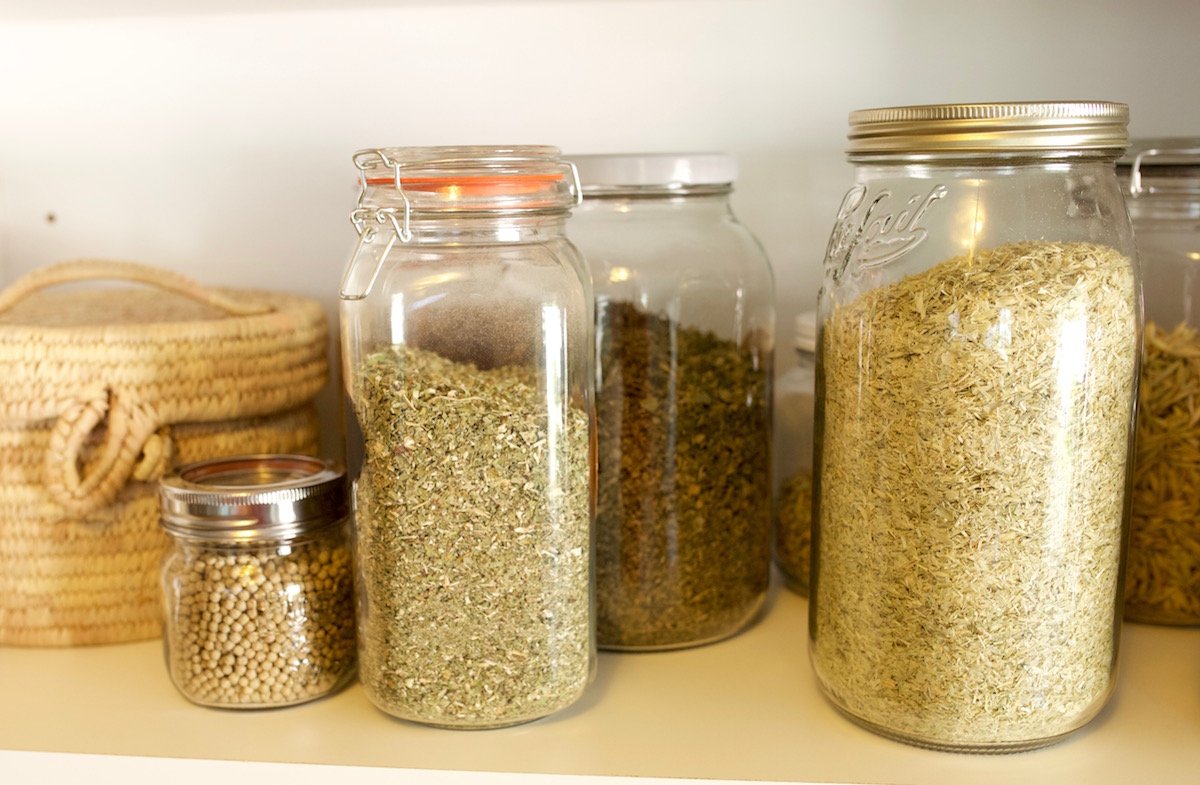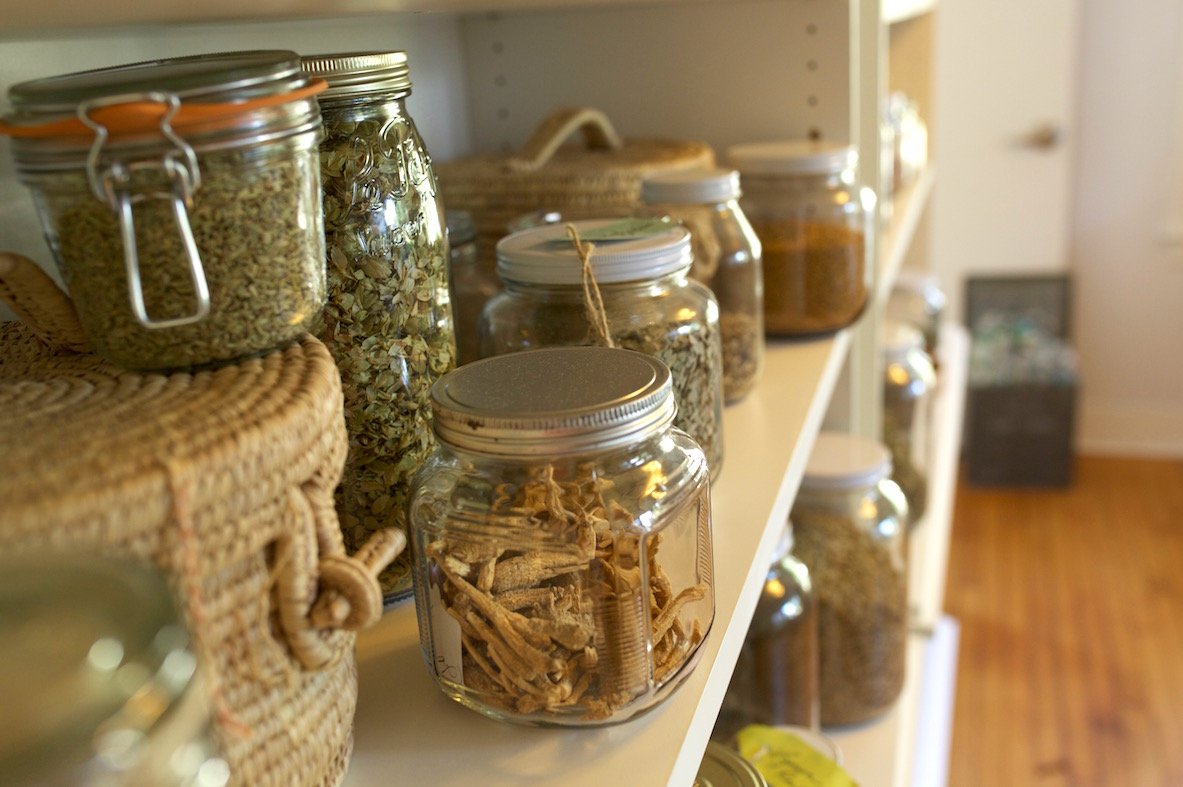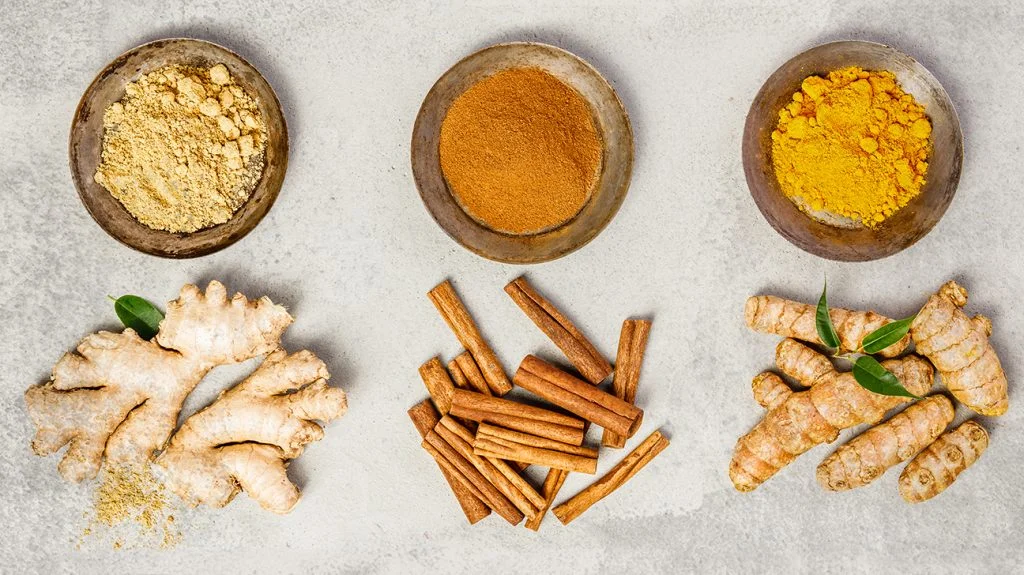If you’re interested in preserving your favorite herbs, learning how to dry herbs for long-term storage is essential. Drying herbs allows you to enjoy their flavors and benefits long after the growing season ends. This process is simple and can be done at home with just a few tools and techniques. In this article, we’ll guide you through the steps of drying herbs effectively, ensuring that you have a stockpile of dried herbs ready for use in your recipes.
Why Dry Herbs?
Drying herbs not only extends their shelf life but also concentrates their flavors. Fresh herbs can spoil quickly, making it hard to use them all before they go bad. By drying them, you can enjoy their taste in soups, stews, and marinades throughout the year. Moreover, dried herbs are a great way to reduce waste and maximize your harvest if you grow your own.

Choosing the Right Herbs
The first step in how to dry herbs for long-term storage is selecting the right herbs. Some herbs dry better than others. Good choices for drying include thyme, rosemary, oregano, basil, and sage. These herbs maintain their flavor well when dried. On the other hand, delicate herbs like cilantro and parsley may lose their taste and texture when dried, making them better suited for fresh use.
Preparing Your Herbs
Before drying, it’s crucial to prepare your herbs properly. Start by washing them gently under cool water to remove any dirt or pests. After washing, pat them dry with a clean kitchen towel or paper towels. It’s important to remove as much moisture as possible to prevent mold growth during the drying process. Once dry, you can trim the stems and leaves if needed, depending on the type of herb you are working with.
Methods for Drying Herbs
There are several effective methods for how to dry herbs for long-term storage. Here are three popular techniques:
1. Air Drying
Air drying is the most straightforward method and requires no special equipment. To air dry herbs, gather small bundles and tie them together with twine or string. Hang these bundles upside down in a cool, dry, and dark area. Make sure there is good air circulation to promote drying. This method may take a week or two, depending on the humidity and type of herb.
2. Oven Drying
If you need to dry herbs quickly, using an oven is a great option. Preheat your oven to the lowest setting, usually around 180°F (82°C). Spread the prepared herbs on a baking sheet lined with parchment paper, ensuring they are in a single layer. Place the sheet in the oven and leave the door slightly ajar to allow moisture to escape. Check the herbs every 30 minutes, and they should be ready in about 1 to 2 hours. Be careful not to burn them.
3. Dehydrator Drying
Using a food dehydrator is one of the best ways to dry herbs efficiently. If you have a dehydrator, set it to around 95°F (35°C) for herbs. Arrange the herbs in a single layer on the dehydrator trays and let them dry for several hours. This method retains the color and flavor of the herbs better than other methods, and it typically takes between 4 to 12 hours.
Storing Dried Herbs
Once your herbs are completely dry, it’s time to store them properly. For how to dry herbs for long-term storage, choose airtight containers like glass jars or vacuum-sealed bags. Make sure the containers are clean and dry before filling them with herbs. Label each container with the herb’s name and date to keep track of freshness. Stored this way, dried herbs can last for up to a year.
Using Dried Herbs
Dried herbs are versatile and can be used in many dishes. However, remember that dried herbs are more potent than fresh herbs. As a general rule, use one-third of the amount of dried herbs compared to fresh ones. For example, if a recipe calls for one tablespoon of fresh basil, use one teaspoon of dried basil instead.
Conclusion
Learning how to dry herbs for long-term storage is a valuable skill for any home cook. Not only does it help reduce waste, but it also ensures that you always have flavorful herbs on hand. Whether you choose to air dry, oven dry, or use a dehydrator, you can enjoy the benefits of dried herbs throughout the year. With proper storage, your dried herbs will maintain their flavor and aroma, making your meals taste even better.









